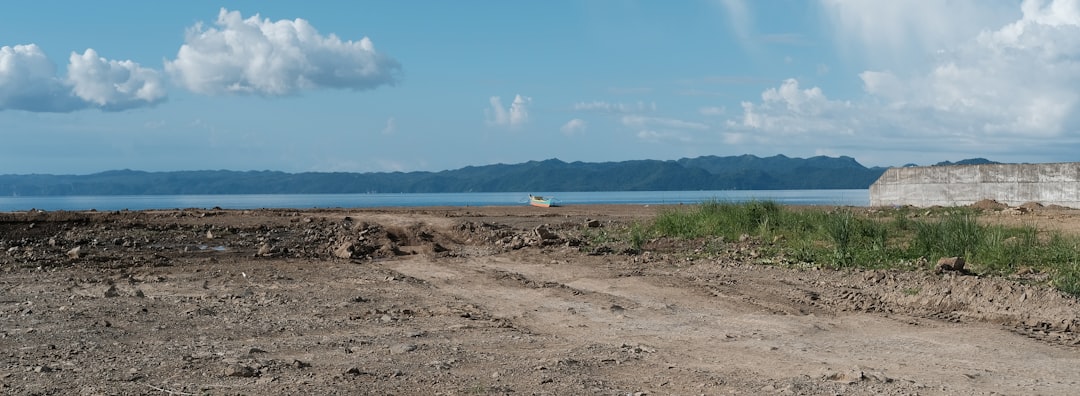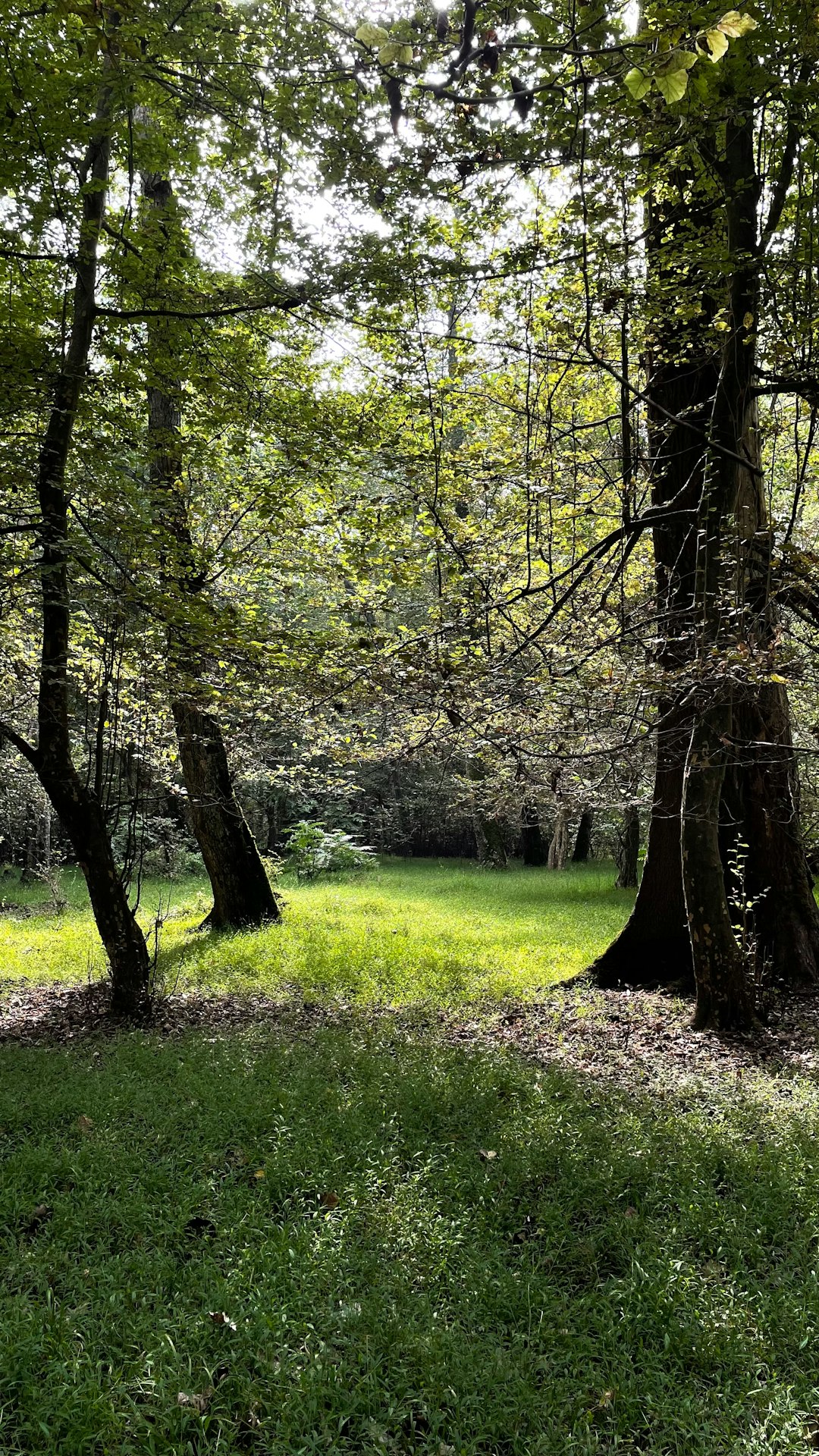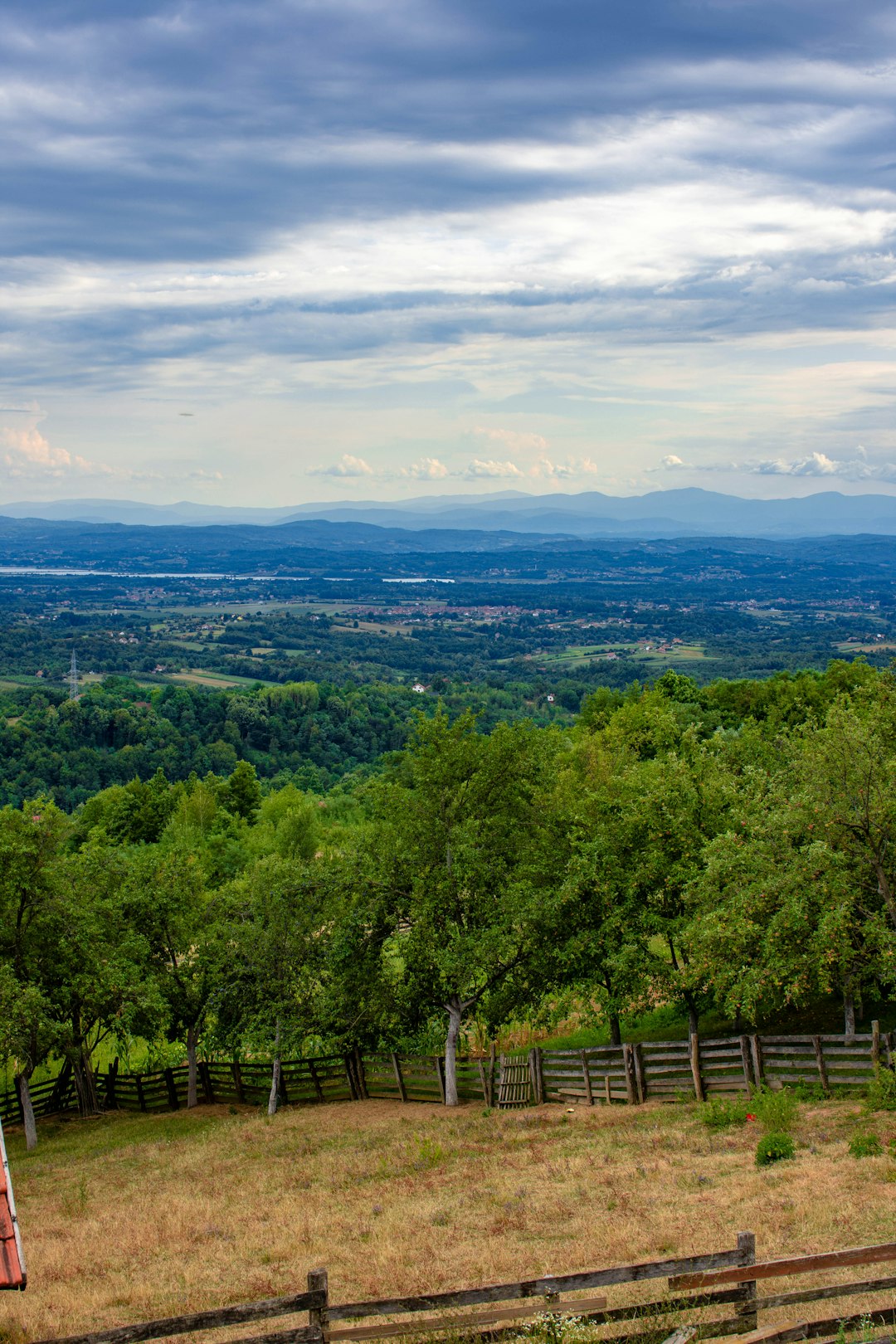

A place where scenic landscapes intertwine with the call for sustainable growth. In this article, you'll gain an insider's perspective on how Connecticut, often referred to colloquially as the Nutmeg State, is navigating the challenges and opportunities of modern development. From understanding zoning laws to balancing economic growth with environmental stewardship, we explore the dynamics that make Connecticut's land development a complex yet fascinating topic.
Connecticut boasts an enviable array of natural beauty, with its rolling hills, vibrant forests, and a picturesque coastline that captivates both residents and tourists alike. The state's geography, encompassing various ecosystems from highlands to coastal estuaries, offers a rich palette on which communities and developers can paint their visions for growth. Nevertheless, the preservation of these natural assets remains a top priority for many in the state.
Land development within this verdant state is more than a matter of erecting new structures—it's about enhancing the symbiotic relationship between human habitats and the environment. Residential and commercial projects must respect the existing natural contour, preserving the state's charm and environmental integrity. The emphasis on maintaining open spaces and conserving biodiversity illustrates Connecticut's commitment to safeguarding its unique landscape for future generations.
It's not just about aesthetics, though; the state's topography and ecosystems play a vital role in determining suitable areas for development and guiding smart planning decisions. Prospective developers are urged to study this rich landscape earnestly, using it as both a backdrop and a blueprint for sustainable growth.
Connecticut's approach to land development has evolved to embrace sustainability as a cornerstone of its growth strategy. Incorporating green design and building practices, the state encourages developments that not only meet present needs but also consider long-term environmental impacts. Initiatives like the Connecticut Green Bank serve to incentivize such projects, providing financial solutions aimed at boosting the adoption of clean energy and sustainable infrastructure.
Developers are increasingly expected to include environmentally friendly features and to minimize carbon footprints through innovative design. Strategies include the use of renewable energy sources, sustainable materials, and conservation-centric landscaping. These practical measures are not just about adhering to regulations; they exemplify a profound shift in the industry, mirroring global concerns regarding climate change and resource management.
The green movement within Connecticut's land development scene underscores the necessity for proactive, eco-conscious planning. The state is well-positioned to continue fostering ground-breaking projects that set new standards in sustainability, promoting a brand of development that is economically fruitful yet environmentally respectful.

Turning your Connecticut land into cash quickly can seem like a daunting task, especially if you’re not familiar with the real estate market or the intricacies of property sales.. However, with a few strategic steps and some savvy decision-making, you can expedite the process and achieve a profitable outcome.
Posted by on 2024-09-30

Community involvement is a critical component of successful land development in Connecticut. The state’s residents hold a deep-seated investment in the shaping of their local environment, and developers would do well to engage with communities early and often. Public hearings, community forums, and stakeholder meetings are platforms where developers can present their plans, answer questions, and gain valuable feedback.
This participatory approach does more than fulfill a regulatory requirement; it establishes trust and fosters collaborative relationships. These relationships can be paramount in smoothing the path toward project approval. Moreover, a community that feels heard and considered is more likely to support a development project, potentially transforming detractors into advocates for the initiative.
To truly benefit from community involvement, developers need to approach these engagements with transparency and a willingness to adapt plans based on legitimate community concerns. This isn't simply a strategic move for smoother sailing—it's a commitment to ensuring that development ventures genuinely serve the communities in which they are undertaken.
The question of how to balance growth with environmental preservation is central to Connecticut land development. As urbanization and infrastructure expansion continue, safeguarding natural habitats, preserving open spaces, and maintaining the state’s distinct New England charm are of paramount importance. This balance is not only critical for ecological reasons but also for maintaining the quality of life that attracts people to Connecticut.
One strategy to achieve this balance is the concept of smart growth, which advocates for development that is economically, socially, and environmentally sustainable. By concentrating development in areas with existing infrastructure and transporting networks, developers can limit sprawl and reduce the impact on untouched landscapes. This approach has gained traction across the state as an effective method for accommodating growth while minimizing ecological footprints.
Another aspect of this balance is the enhancement of green spaces within urban settings. Parks, riverfronts, and community gardens can coexist with residential and commercial developments, improving air quality and providing residents with accessible natural retreats. With careful planning, these green spaces can become integral elements of new development, preserving a sense of nature amidst growth.


Recognizing the need for a more sustainable approach to development, Connecticut offers a variety of incentives to encourage eco-friendly practices in the real estate sector. Tax breaks, expedited permitting processes, and grants are available for projects that demonstrate a commitment to environmental stewardship. These incentives not only alleviate some of the financial burdens associated with green building but also signify the state’s support for such endeavors.
One prominent example is the support for energy-efficient construction, which seeks to reduce overall energy consumption and mitigate greenhouse gas emissions. Similarly, developers who integrate water conservation measures, such as low-impact development (LID) techniques, can also qualify for various incentives. These initiatives align financial motivators with the moral imperative of preserving natural resources for future generations.
By taking advantage of these incentives, developers can not only improve their bottom line but also position themselves as industry leaders in sustainable practices. This competitive edge can enhance marketability and appeal to a growing demographic of environmentally conscious consumers and businesses eager to align themselves with green initiatives.
Despite the abundance of opportunity, developers in Connecticut face a multitude of challenges. The high cost of land and construction, coupled with a rigorous regulatory environment, can prove daunting, particularly for those new to the state’s market. Navigating these financial and bureaucratic hurdles requires expertise, patience, and a strategic approach to project planning and execution.
In addition to economic and regulatory challenges, developers must also grapple with the state's aging infrastructure. Modern projects may necessitate significant updates to existing utilities and transportation systems, adding another layer of complexity and expense to the development process.
Moreover, as public sentiment leans heavily toward conservation and maintaining local charm, some development proposals may encounter opposition. These challenges underscore the importance of proactive stakeholder engagement and the adoption of practices that demonstrate genuine consideration for Connecticut's environmental and cultural assets.

Pending developments or infrastructure improvements could increase your property's attractiveness and value over time.
Naturally occurring events might temporarily disrupt or enhance buyer interest depending on their timing relative to your sale plans.
Sellers may need to pay capital gains tax on profits from the sale as well as state conveyance tax based on property sale price; consult with a tax professional for specifics.
The closing process involves signing the purchase agreement, transferring funds typically via wire transfer or cashier's check and recording the deed with county authorities.
While not always required by law unless specified by local regulations or buyer request, conducting one can prevent future disputes over land condition.